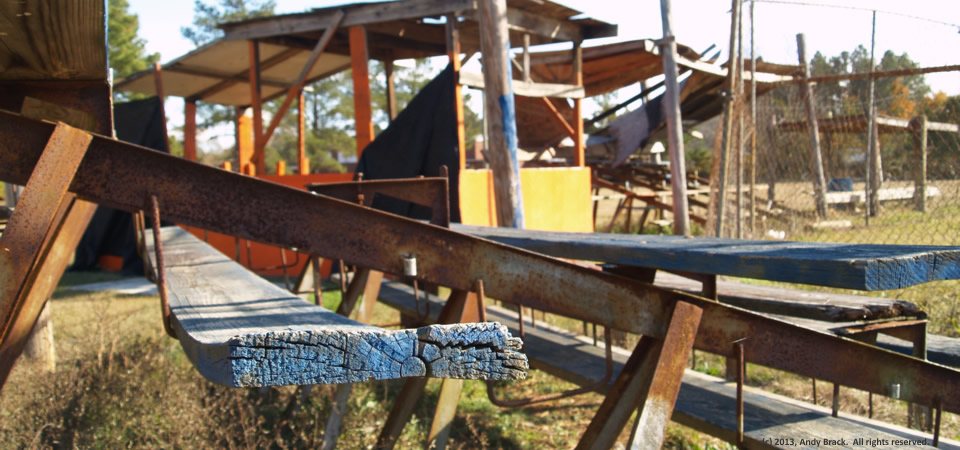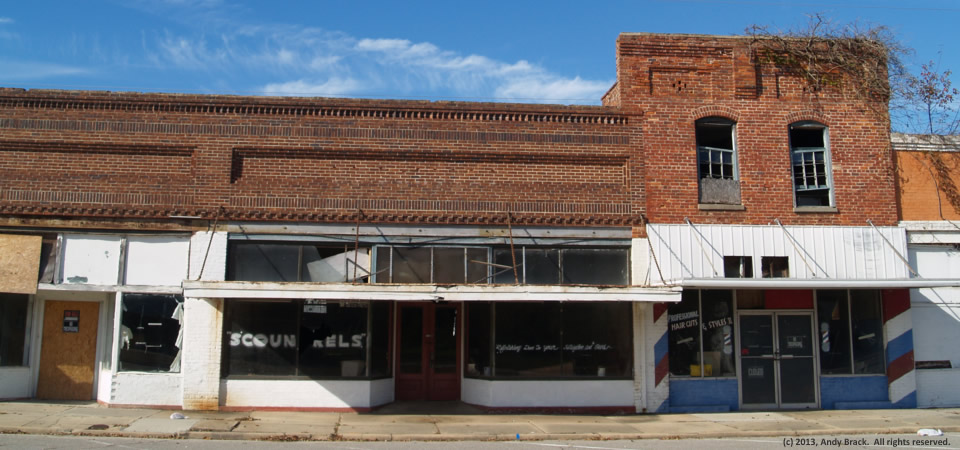The Florence (S.C.) Morning News profiled the Center’s work in a story about a Dec. 5 speech by president Andy Brack to the Florence West Rotary Club about the Southern Crescent project.
“Brack believes that by pooling smart people together, his group can do three important things to improve the problems of the South: work to tell people about the problems that exist, work with nonprofits and foundations to fund research and studies and work with the White House to get a special study commission appointed to recommend federal and state policies to raise the standard of living.”
 The story also reported that improving the quality of life was something that should be important to everyone who lived in it, including folks in the Pee Dee region around Florence.
The story also reported that improving the quality of life was something that should be important to everyone who lived in it, including folks in the Pee Dee region around Florence.
“Number one, as Southerners, we don’t take the easy way out. Number two, I think there are some economic justice issues here that a lot of you have a good quality of life, but we have to remember that there are 20 to 30 percent of people in rural counties that don’t have a good quality of life.
“There is also a moral component to this in that we are a wealthy country and we need to do a little more to leave this place better than we found it. Quite frankly, if we start taking care of all of these areas that drag us down, the South will improve its image.”










